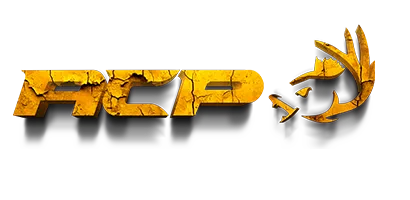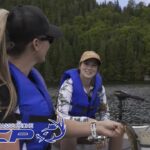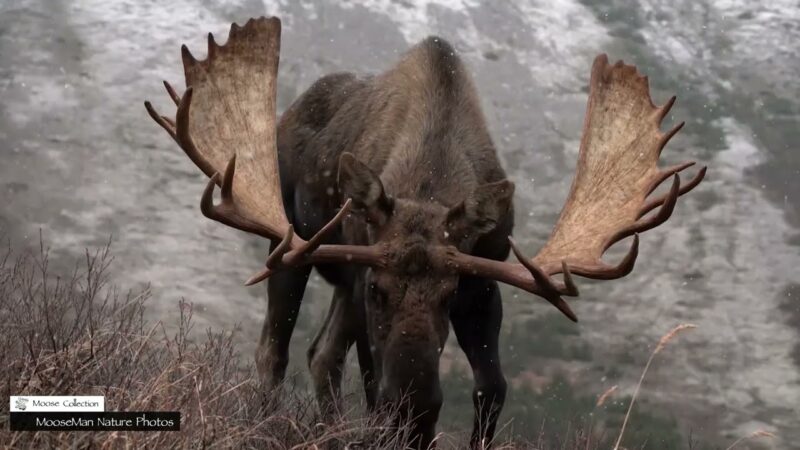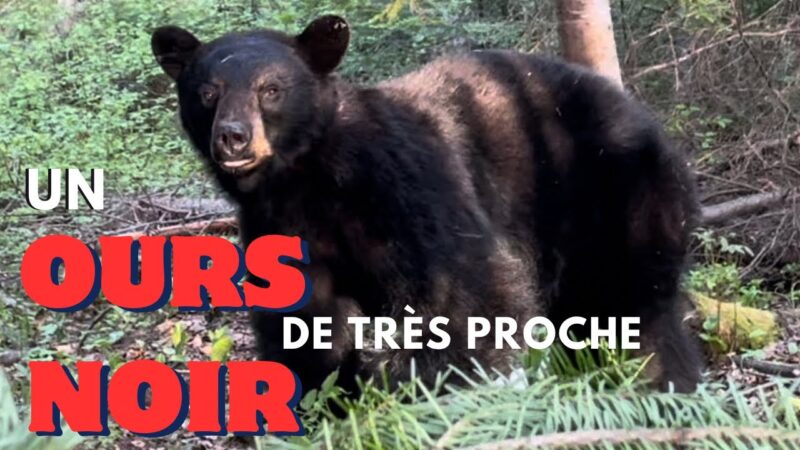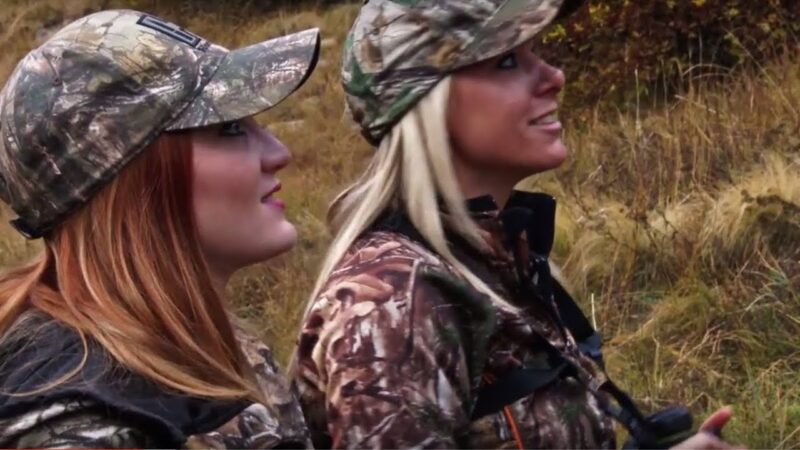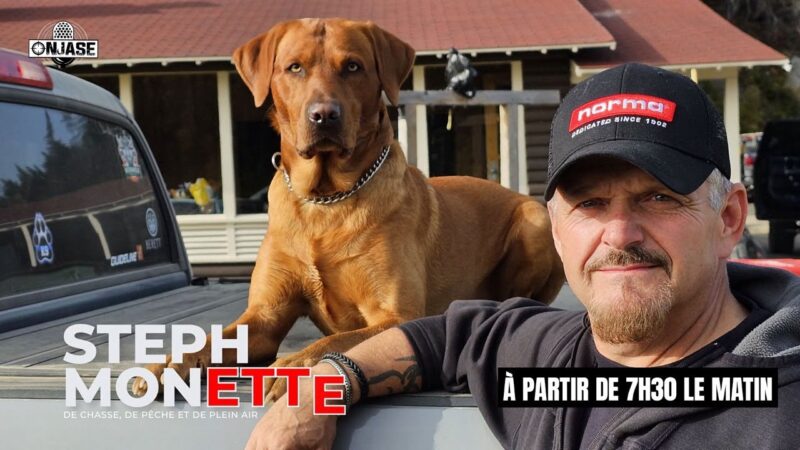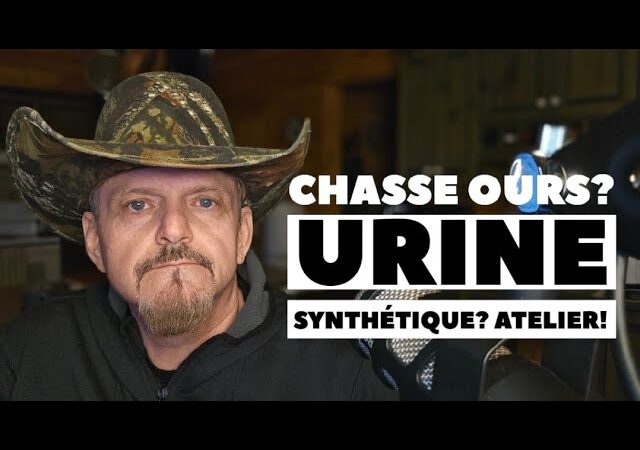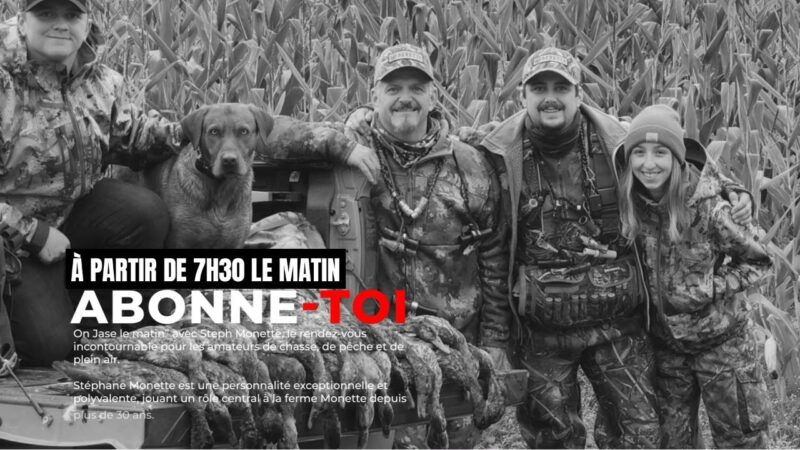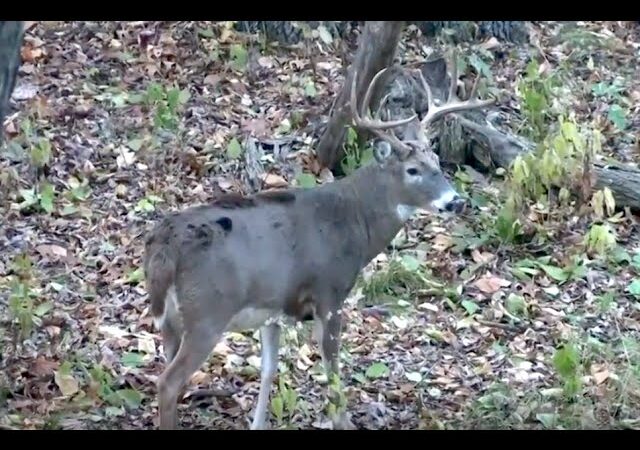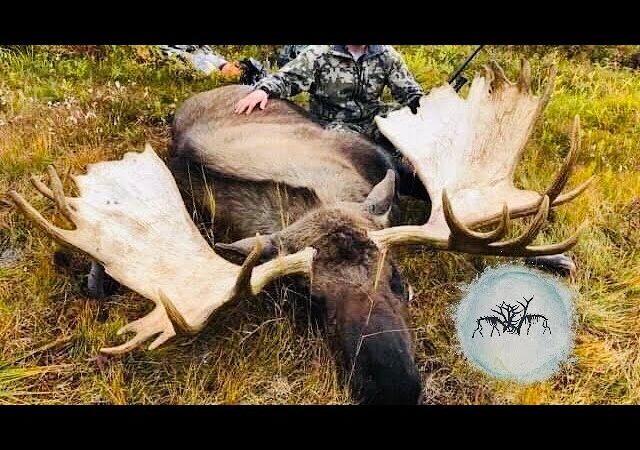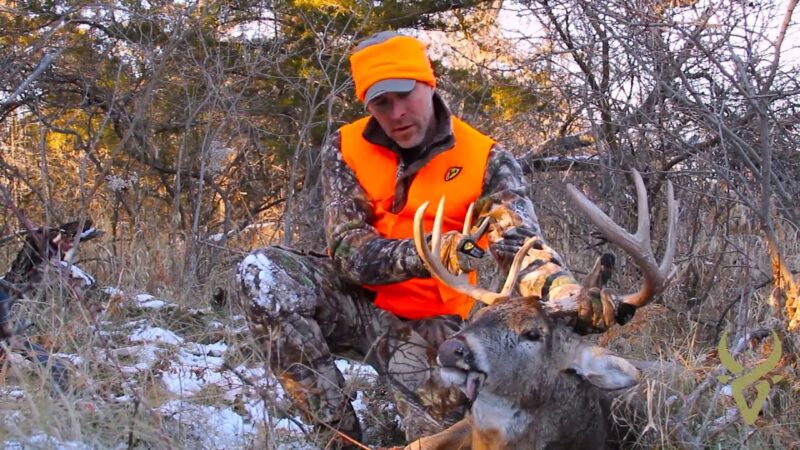Reviews
User Score
Rate This
Descriptions:

Rimouski, moose in pre-rut
Rimouski, moose in pre-rut. In episode 2, guide Pierre-Luc Fontaine travels to the Rimouski wildlife reserve with his father and two hunting partners. The team faces unexpected challenges as tornado tails near Gatineau disrupt their game plan. Will they make it to the harvest? The Rimouski wildlife reserve is recognized as one of the best moose-hunting areas in Quebec. The latest census puts the moose density at 2.5 animals per square kilometer. With the big deer rut about to begin, all hopes are high for the hunting party, who find themselves at a crossroads on the eve of their last day of hunting. After surveying the territory without seeing any conclusive signs, the group finally finds some encouraging signs, but the next day’s weather will bring its own challenges to overcome! OTHER ARTICLES
Moose | Should you hunt calf moose?
By Bruce Ranta | September 9, 2013In 1983, largely in response to a declining moose population, Ontario implemented a selective hunting program. The system required hunters to purchase a permit to harvest a calf in any Wildlife Management Unit (WMU) where moose hunting was authorized. Hunters who wanted to harvest an adult moose had to apply by drawing lots. Cow and bull tags were limited and specific to each WMU. With the exception of a few modifications, such as the introduction in 2004 of validation stickers for calves in WMUs 48, 55A, 55B and 57, this system is still in force.
Moose | Is more or less unlimited calf and moose hunting a good management strategy?
Moose selective harvesting program
According to Dr. Dave Euler, who worked at the headquarters of the wildlife section of the Ministry of Natural Resources when the selective hunting program was implemented, open calf hunting was introduced for a number of reasons, including political. selective According to Mr. Euler, “it was important to give every hunter the opportunity to hunt moose, because we had to convince hunters to opt for selective hunting, and it was thought that harvesting moose at the levels envisaged was probably compensatory. “In other words, if the hunters were not favorable, the new selective moose hunting program would probably not have been given the green light to go ahead. And if, as we thought, calf mortality due to hunting was compensatory, so much the better. However, the compensatory mortality of young moose – young moose slaughtered would mean fewer young moose dead from predation, disease, accidents or other causes, and the same number would be alive at the end of their first year – had not been proven. Over time, managers believed they would learn more about the effectiveness of calf hunting and adjust the program as needed.Ontario adopted the selective moose hunting program 30 years ago. Many moose biologists are convinced that calf and moose hunting are not always compensatory. It is at least as likely to be additive in some situations (i.e., hunters harvest moose in addition to the percentage of calves that die from other causes), resulting in low moose populations, but changes to remedy this situation have been difficult to achieve.Around 2007, largely as a result of complaints about the “draw”, the Minister of Natural Resources ordered a review. Gord Eason, a biologist with the Wawa MNR, led part of the review from 2007 to 2009. He noted that the data showed that a dozen WMUs had a consistently low calf component, and that modeling of almost all moose WMUs suggested that if calf harvesting were cut in half, there would be “a 10-50% increase in adult tags”.
Orignal management options
In 2009, the MNR published several documents, including a new “Moose Management Policy” and “Moose Harvest Management Guidelines”. In line with the policy, the guidelines provide two options that could be used to control the calf harvest: a shorter calf-hunting season as part of the regular season, and a draw for calf-hunting tags.M. Eason believes that most moose hunters want to hunt adult moose and wonders why attempts to reduce the calf harvest-which could eventually lead to a doubling of available adult tags-have been such a hard sell.Mark Ryckman, Senior Wildlife Biologist at the Ontario Federation of Anglers and Hunters (OFAH), says OFAH supports veal hunting as it currently exists. Reducing calf harvest in some WMUs could result in more adult tags, but would also reduce the number of overall opportunities for moose hunters.M. Ryckman questioned the need to target only licensed moose hunters for change. “If calf recruitment has been identified as a problem in a specific WMU, then we will must look at all the causes, including ticks, predation and unregulated harvesting,” he said.Ryckman pointed to the many options the DNR has in its toolbox. tools moose management programs, some of which could be used to help populations grow, resulting in more hunting opportunities. “OFAH recommends that all management options (p. e.g., control of predators) are fully evaluated and implemented using a targeted (i.e. WMU-specific) approach, because overexploitation of calves is not a problem in all WMUs,” said Ryckman, adding that public participation is also required.M. Eason agreed that a number of other factors Yet, with the exception of adjustments to the number of adult moose tags available each year, hunters have not seen much change in the way moose are harvested. at whose moose have been managed for years. Calf tags have been introduced in the four WMUs mentioned above, and the MRN has introduced the issue of validation tags for hunting. moose validation tag draw for northern residents (whereby 5% of adult moose validation tags in WMUs north of the French and Mattawa rivers are excluded from the regular moose validation tag draw and used as quota for a second draw, specifically for residents of northern Ontario), but that’s about it.Eventually, things will change. MNR undertakes two hunter studies and their opinions on moose hunting and moose population management. These studies will address some of OFAH’s concerns about public participation.Declining harvestsReviews, reports and studies continue to be produced. Meanwhile, the moose harvest is declining. The largest recorded moose harvest in the province occurred in 1968, when an estimated 14,500 moose were taken by licensed hunters. After the implementation of the selective harvesting system, moose populations seemed to stabilize. In the 1990s, populations and harvest levels actually improved slightly. But since then Over the past decade, moose populations and harvests have steadily declined, and in 2012, licensed resident moose hunters took only around 6,260 moose. The tourism industry took around 800. No one knows how many were taken by First Nations hunters.moose biologist Dr. Vince Crichton told me that while it’s true that multiple factors contribute to the number of moose in a given region, unlimited calf harvesting by hunters is “ridiculous when the population is down. “In Ontario, there are a number of WMUs where moose numbers are well below target, but where calves account for more than 20% of resident hunters’ fall harvest. In some WMUs, calves represent over 40% of the moose harvest.Crichton explained that when moose populations have declined to low levels, natural predators are often a big problem, as bears and wolves can take a high percentage of calves. Any additional calf removal by hunters only adds to the problem. In Manitoba, studies of low-density moose populations have shown that black bears alone can take more than 50% of moose calves, and there is no reason to believe that much of northern Ontario is any different. Studies in many parts of North America have repeatedly shown that wolves kill mostly calves and old moose.Crichton pointed out that if moose live past their first birthday, predation mortality rates drop to low levels until the moose are old enough. To thrive, good adult recruitment from calves is vital, as is letting adult cows live a long time. “Moose under 10 years of age rarely have twins,” he said.Hunters – and I’ve shot several calf moose – need to think long and hard about whether they should continue to support the current system that allows any licensed moose hunter to shoot a calf moose in almost any WMU where moose hunting is permitted.It seems to me that there are many issues affecting moose and moose hunting, but if nothing is done, it’s unlikely that moose hunting in Ontario will improve much, and that’s a shame.SOURCE: OODMag.com / https://oodmag.com/hunt-calf-moose/
